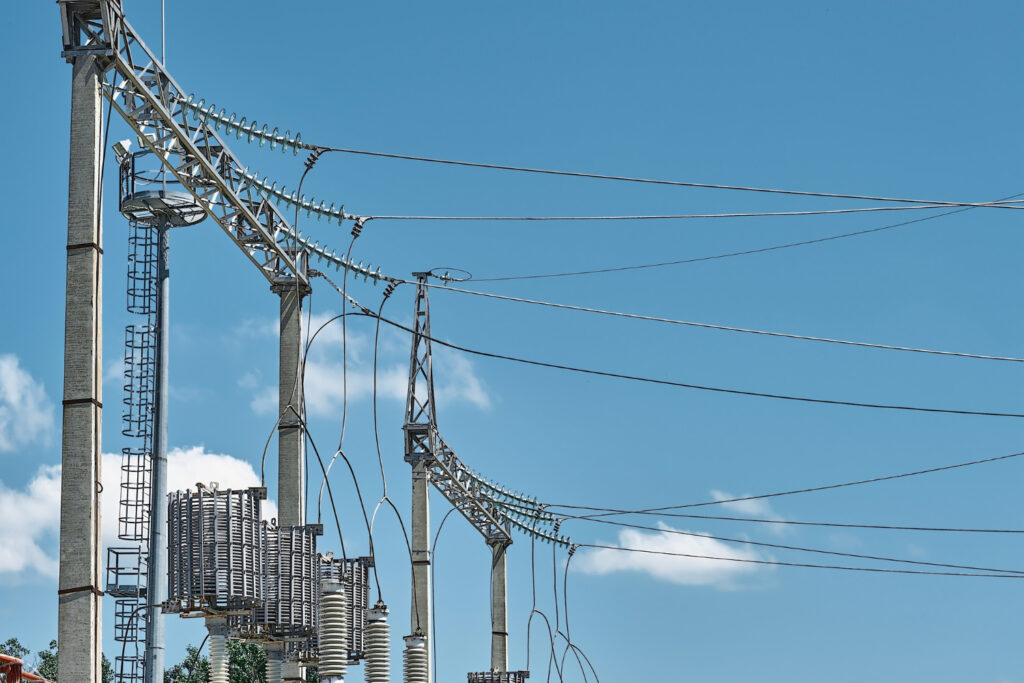Gas utilities face many challenges when it comes to safety and operations. Hazards such as leaks, equipment failures, and environmental risks can cause serious accidents. These incidents not only threaten the safety of workers and the public but also disrupt service and lead to costly repairs. Ensuring a secure and efficient operation is crucial for utility companies to maintain trust and reliability.
Artificial Intelligence offers powerful tools to help address these challenges. By analyzing vast amounts of data, AI can detect potential hazards quickly and accurately. This allows for timely interventions, reducing the chance of accidents and improving overall safety. Advances in AI technology enable more precise monitoring and proactive measures, transforming traditional safety protocols.
As AI continues to integrate deeper into gas utilities, its ability to minimize risks is becoming increasingly evident. By adopting AI-driven solutions, companies can enhance their safety standards and maintain efficient operations.
Identifying Potential Hazards in Gas Utilities
Gas utilities face various hazards that can affect safety and operations. The most significant risks include gas leaks, which can lead to fires and explosions. These leaks can occur due to corroded pipes, equipment failures, or excavation damage. Another hazard is pressure build-up in pipelines, which can cause bursts and release flammable materials into the environment. Natural disasters, like earthquakes, may also damage infrastructure, adding to these risks.
Worker safety is a major concern, as exposure to hazardous gases like methane can result in health problems. The presence of toxic gases in confined spaces poses additional risks to personnel. Moreover, these hazards can disrupt supply, leading to service outages and impacting businesses and communities.
The repercussions of these dangers extend to operational costs. Accidents and repairs increase expenses, while regulatory penalties for safety violations can further strain budgets. These challenges highlight the need for effective hazard detection and management strategies to ensure the safe operation of gas utilities.
Role of AI in Hazard Detection
AI plays a crucial role in identifying potential threats in gas utilities. Using advanced algorithms, AI systems analyze data from various sources like sensors, meters, and drones. These technologies monitor gas pipelines and equipment in real-time, allowing them to detect anomalies that might indicate a hazard.
AI can identify patterns and predict potential failures before they happen. For instance, machine learning algorithms detect unusual pressure changes, signaling possible leaks. By evaluating temperature and vibration data, AI helps pinpoint areas at risk of equipment failure. This proactive monitoring enables gas utilities to address issues promptly, minimizing risks and avoiding costly incidents.
Examples of AI applications highlight its effectiveness. AI-powered drones conduct aerial inspections of gas lines, capturing detailed imagery that is then analyzed to spot signs of corrosion or damage. Smart meters equipped with AI provide insights into gas usage patterns, helping detect irregularities that may indicate leaks. These tools improve accuracy and speed in hazard detection, enhancing safety and operational efficiency in gas utilities. With AI, companies can safeguard infrastructure and promote the well-being of workers and the public.
Enhancing Safety with AI Tools
AI tools are essential for improving safety in gas utilities by mitigating risks efficiently. One powerful tool is predictive analytics software, which processes historical data to anticipate potential failures and alert operators before they become critical. By forecasting issues such as pipeline corrosion or pressure anomalies, operators can schedule timely maintenance.
Drones equipped with AI for aerial surveillance are valuable assets. These drones provide comprehensive visual inspections of pipelines and facilities without disrupting operations. They capture high-resolution images and video, which AI algorithms analyze to detect wear, leaks, or other hazards.
Smart sensors and Internet of Things (IoT) devices play an integral role by continuously monitoring conditions such as temperature, pressure, and gas concentration. Connected to AI systems, these sensors offer real-time insights, enabling quick response to abnormalities.
AI-based tracking systems monitor equipment performance and worker safety. Wearable tech with AI capabilities can alert workers to dangerous environments or gas exposure, ensuring immediate action. These combined AI tools enhance safety by providing accurate data and timely alerts, creating a safer and more efficient work environment for gas utilities.
Implementing AI Solutions for Risk Management
Integrating AI solutions into current safety protocols involves several steps. First, utilities should assess existing systems and identify where AI can provide the most significant impact. Analyzing historical data helps pinpoint weaknesses in current risk management strategies.
Next, selecting the right AI technologies is crucial. Gas utilities should choose tools that align with their specific hazards and operational needs. Implementing AI begins with installing sensors, drones, or software and ensuring seamless integration with existing systems.
Training staff to use AI technologies effectively is vital. Workers need to understand how to interpret the data and alerts generated by AI tools. Regular training sessions build confidence and ensure that employees can maximize AI’s capabilities.
Best practices for maximizing AI benefits include continuous monitoring and data validation. Regular system updates and maintenance guarantee the AI tools operate efficiently. Encouraging collaboration between AI experts and utility workers enhances tool effectiveness and supports shared learning for long-term success.
Conclusion
AI is reshaping how gas utilities approach safety and risk management, offering innovative solutions that enhance operations. By accurately identifying hazards and providing actionable insights, AI helps utilities maintain safe and reliable services. The seamless integration of AI into daily practices not only boosts safety but also increases operational efficiency, reducing both costs and risks.
Field1st is dedicated to provide Ai-powered safety management software for gas utilities. Our platform delivers real-time insights that ensure compliance and security while enhancing productivity. Contact us today to discover how Field1st can support your safety goals, providing tools and expertise that keep your operations running smoothly and securely!





